
OR
Opinion
Misleading Statistics of Livestock in Nepal
Published On: November 27, 2023 08:45 AM NPT By: Krishna Prasad Acharya

Krishna Prasad Acharya
The author is a veterinary officer at the Department of Livestock Services, Hariharbhawan, Lalitpur, Nepal. The views expressed here are the author’s own and do not represent the organization he is affiliated to.news@myrepublica.com
More from Author
Livestock statistics influence the development of plans and policies related to the livestock sector. But, in the case of Nepal, such statistics are misleading. These misleading statistics as a result of inaccuracy in data have failed to translate plans and policies by the Department of Livestock Services (DLS) and Ministry of Agriculture and Livestock Development (MoALD), thereby resulting in a lack of achieving objectives set by DLS and MoALD. This lack of accurate data further results in estimates related to the livestock sector being unreliable as these statistics may lead to either underestimation or overestimation and do not necessarily reflect the national scenario.
Little or no attention has been given to how to collect accurate data and report it to higher authority. As a result, the livestock statistics of Nepal is seriously flawed. For instance, live buffalo import statistics is one such case. DLS has banned the import of live animals including live buffaloes without international health certificates since 2019; however, implementation of such action is very weak and has just been in papers indicating zero import of live buffaloes from India. However, in reality, instead of bringing the live buffaloes through the quarantine check posts bordering India, those animals are taken by importers and sold at local markets called "Haatbazaar" where they are certified as Nepalese buffaloes and then sent to consumers in major cities such as Kathmandu.
This has resulted in a record of zero live buffaloes imported from India in government reports but the reality is different. Annually, around 168,063 buffaloes are slaughtered in KTM valley alone (Annual progress report Animal Quarantine Office Kathmandu, 2078/79). If taken into account, the total number of buffaloes slaughtered for meat in major cities such as Pokhara, Bharatpur, Biratnagar, and Birgunj, it comes to around three hundred thousand. Most of these slaughtered buffaloes are actually live buffaloes imported from India but not reported in the government's reports. Thus, the total quantity of buffalo meat produced in the country should be far less than reported in the government's reports. This is just a scenario of how livestock statistics data is fundamentally flawed. These inaccuracies in data have been further substantiated by wide discrepancies between data presented for the year 2021 on MoALD's annual progress report (https://aitc.gov.np/downloadfile/agriculture%20diary%202079_1651480914.pdf) and the National Agricultural Census (https://agricensusnepal.gov.np/download/690) by the then Central Bureau of Statistics (CBS, now renamed as the National Statistics Office), which has been recently released on September 7, 2023. The data from MoALD and the agricultural census 2021 are tabulated below:
This higher discrepancy of up to 119% (Table 1) data substantiates the fact that livestock statistics in Nepal are fundamentally flawed. However, some might argue that the discrepancy in the data is due to differences in the application of methods to collect the data. For example, the agricultural census was conducted by establishing an agriculture census office in all 77 districts and interviewing representative farmers at all local levels of government while MoALD mobilized their manpower at the provincial and local levels, which may have created discrepancies in data, but the difference (unexplained gaps) of more than three quarters (79%) is completely unacceptable and raises questions about the accuracy of livestock statistics.
These inaccuracies in data could be due to either data not being reported to higher authority due to negligence of people in field conditions or not enough attention being paid by people in authority to validate the accuracy of data obtained. Further, national statistics are solely based on passive reporting which lacks the use of comprehensive surveys to collect data. This flawed data seriously misguides the planning and decision-making process failing to address the problem. Thus, it is now high time to tackle the problem of false data and improve the accuracy of livestock statistics to inform plans and policies related to the development of the livestock sector. For this, three measures are necessary to improve the precision of data: 1) Careful comprehensive surveys to get accurate data 2) Training and incentivizing field-level technicians on quality data collection and reporting accurate data 3) Verification of authenticity of data by using cross-checking measures. Further, DLS and MoALD should develop a livestock information system (LIS) to get accurate data, a precise reporting system following scientific guidelines considering the chances of non-reporting or false reporting of data from field conditions, and analysis of obtained data to inform plans and policies by DLS and MoALD. Furthermore, transparency and independent verification are necessary to assure the trustworthiness of data published by DLS and MoALD. And, the Government of Nepal should invest to increase capacity to produce solid and accurate data. If the government does not accurately produce data, then international donor agencies such as the World Bank may force the government to produce accurate data.
You May Like This
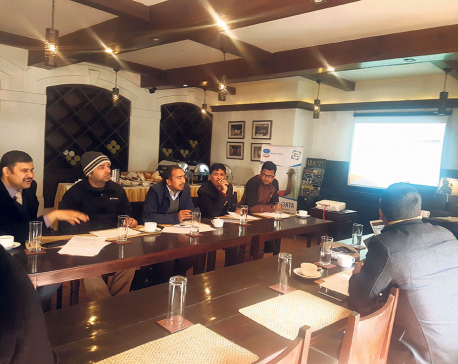
Nepal in Data to launch smart data analysis
KATHMANDU, Feb 17: While the political and cultural history of a nation is written in words and phrases, the same for... Read More...
_20201014060614.jpg)
Nepal abstains from voting as UNHRC adopts resolution against Sri Lanka's human rights record
KATHMANDU, March 23: Nepal has chosen to abstain from voting in the United Nations Human Rights Council on a resolution... Read More...

Party's name will be Nepal Communist Party after merger: Leader Nepal
KAILALI, Feb 9: CPN-UML leader Madhav Kumar Nepal said that the name of the new party after merger between CPN-UMLand... Read More...



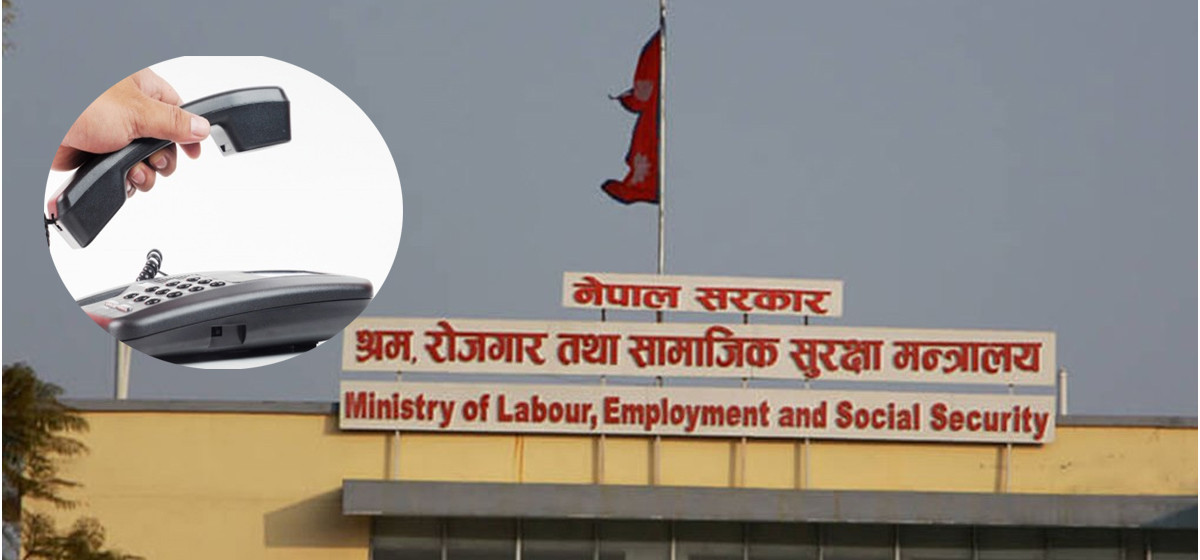
Just In
- Nepal and Vietnam could collaborate in promotion of agriculture and tourism business: DPM Shrestha
- Govt urges entrepreneurs to invest in IT sector to reap maximum benefits
- Chinese company Xiamen investing Rs 3 billion in assembling plant of electric vehicles in Nepal
- NEPSE inches up 0.07 points, while daily turnover inclines to Rs 2.95 billion
- Gandaki Province reports cases of forest fire at 467 locations
- Home ministry introduces online pass system to enter Singha Durbar
- MoLESS launches ‘Shramadhan Call Center’ to promptly address labor and employment issues
- Biratnagar High Court orders Krishna Das Giri to appear before court within one month in disciple rape case



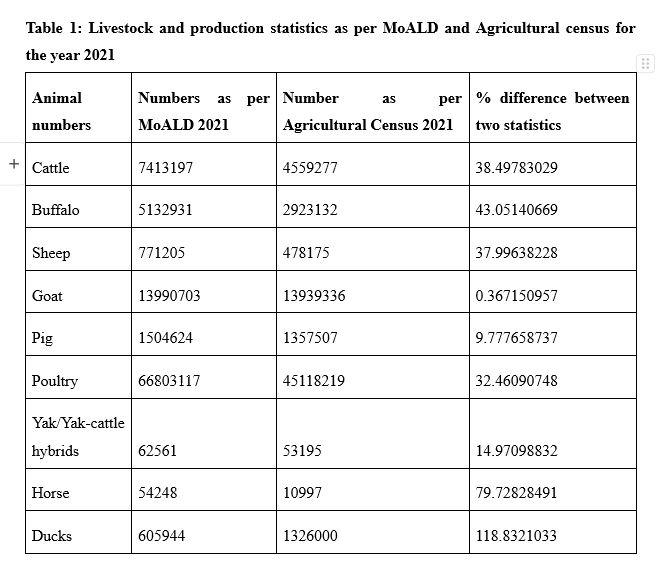



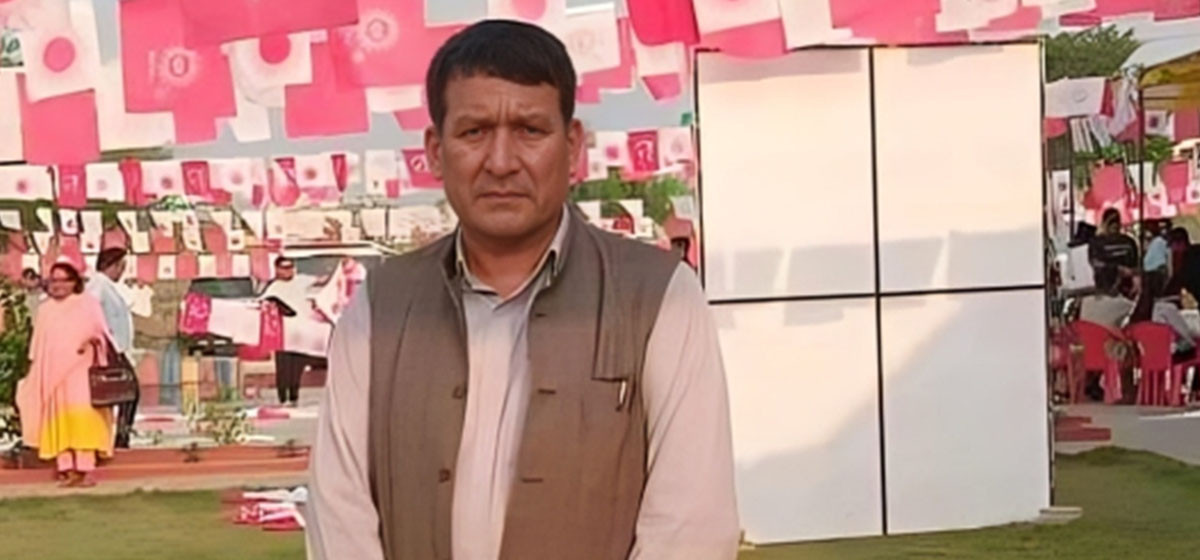
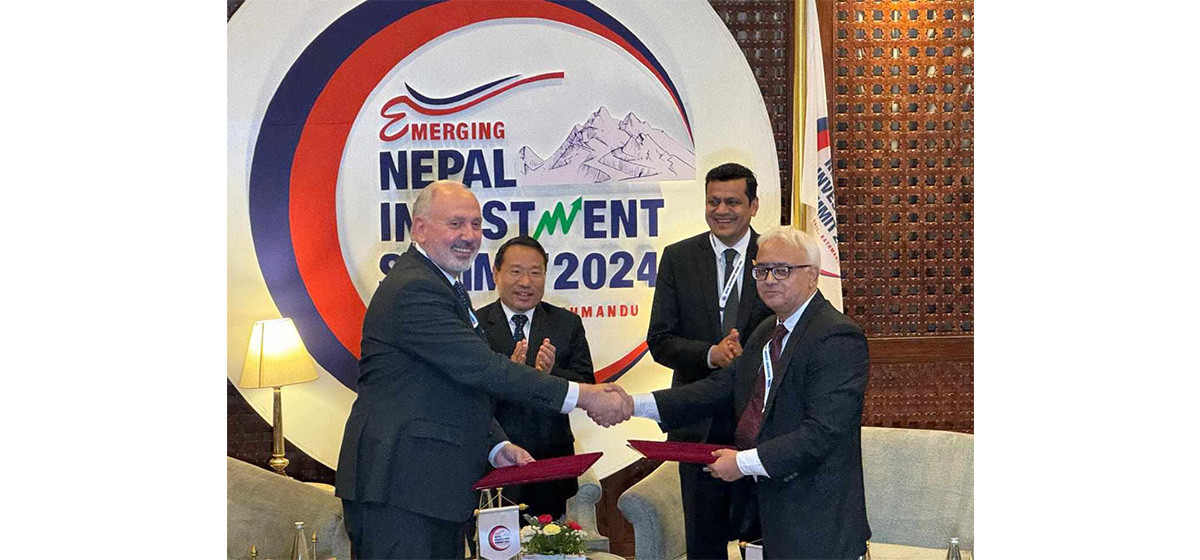
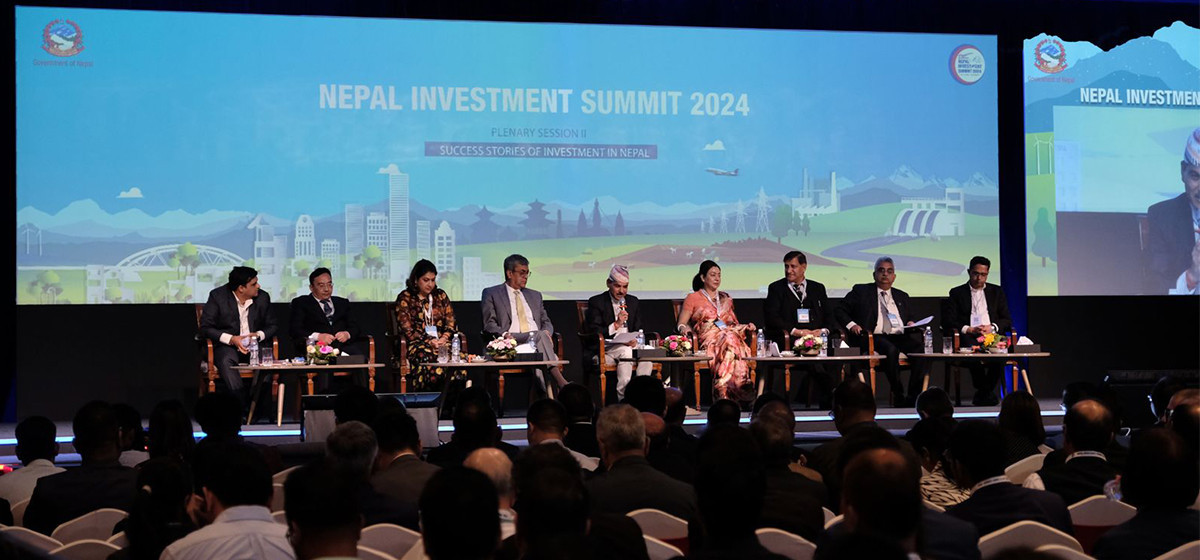


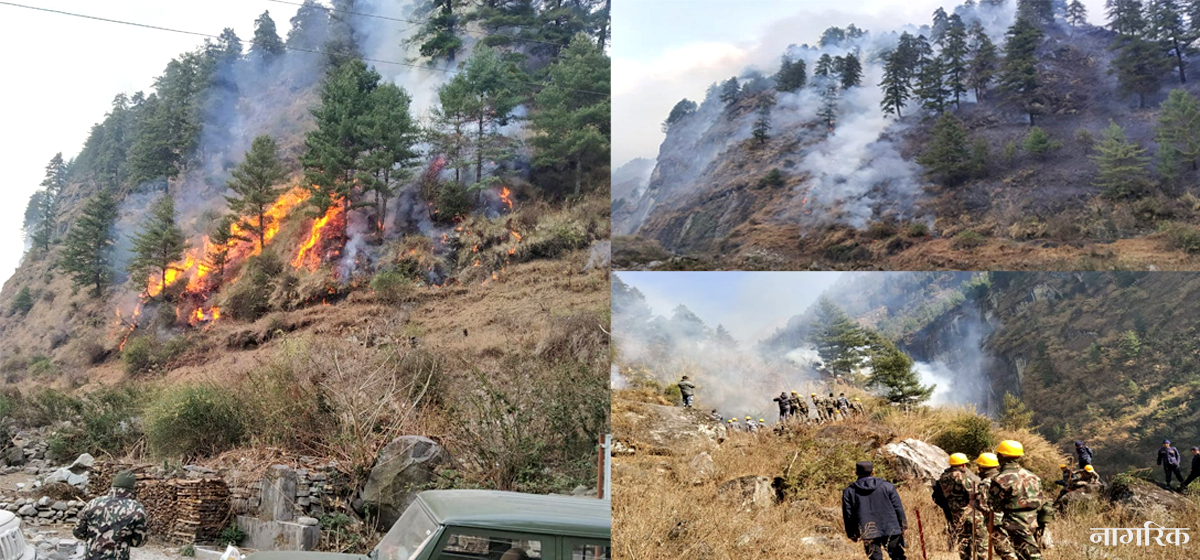


Leave A Comment